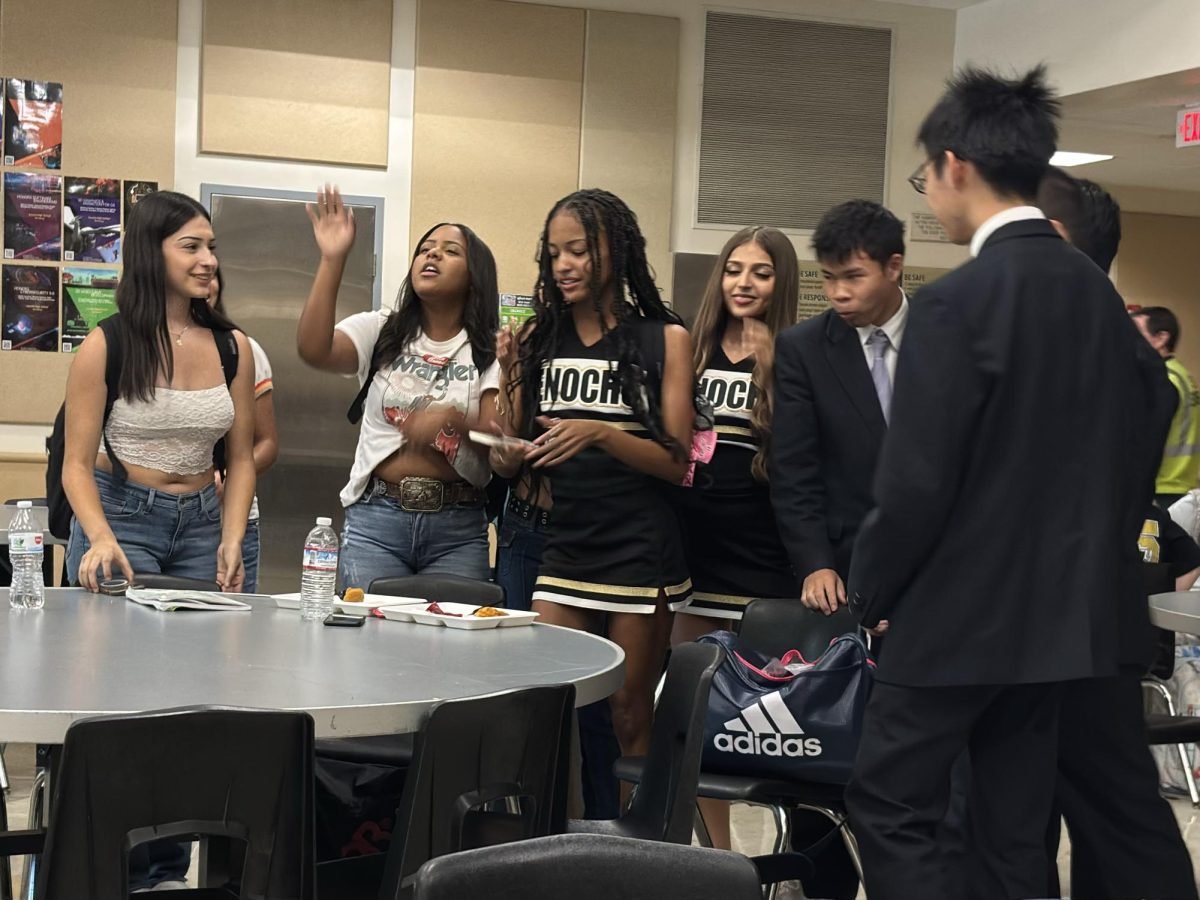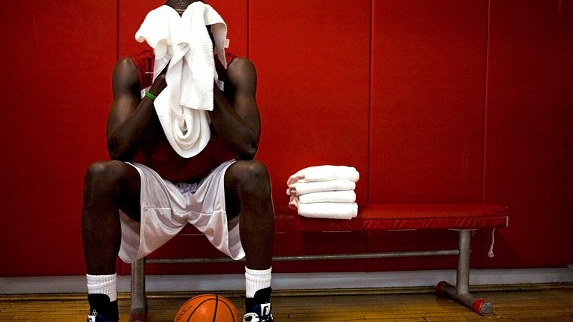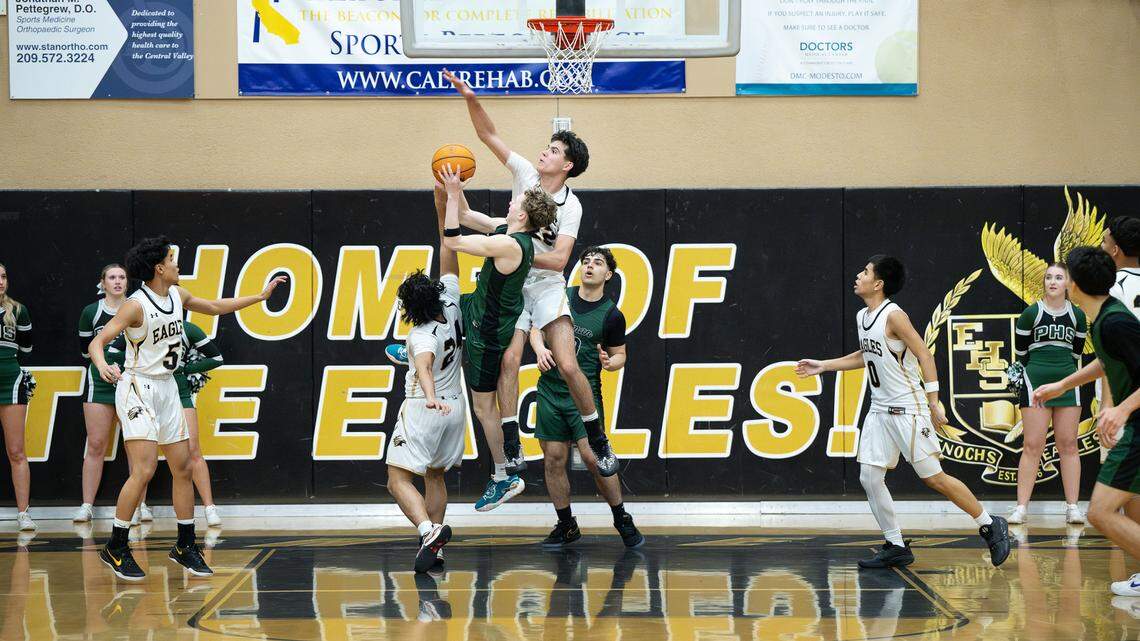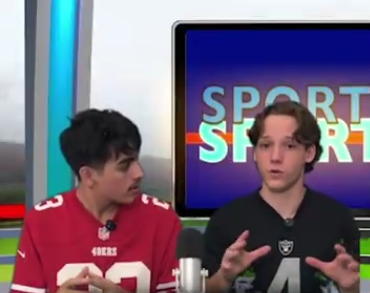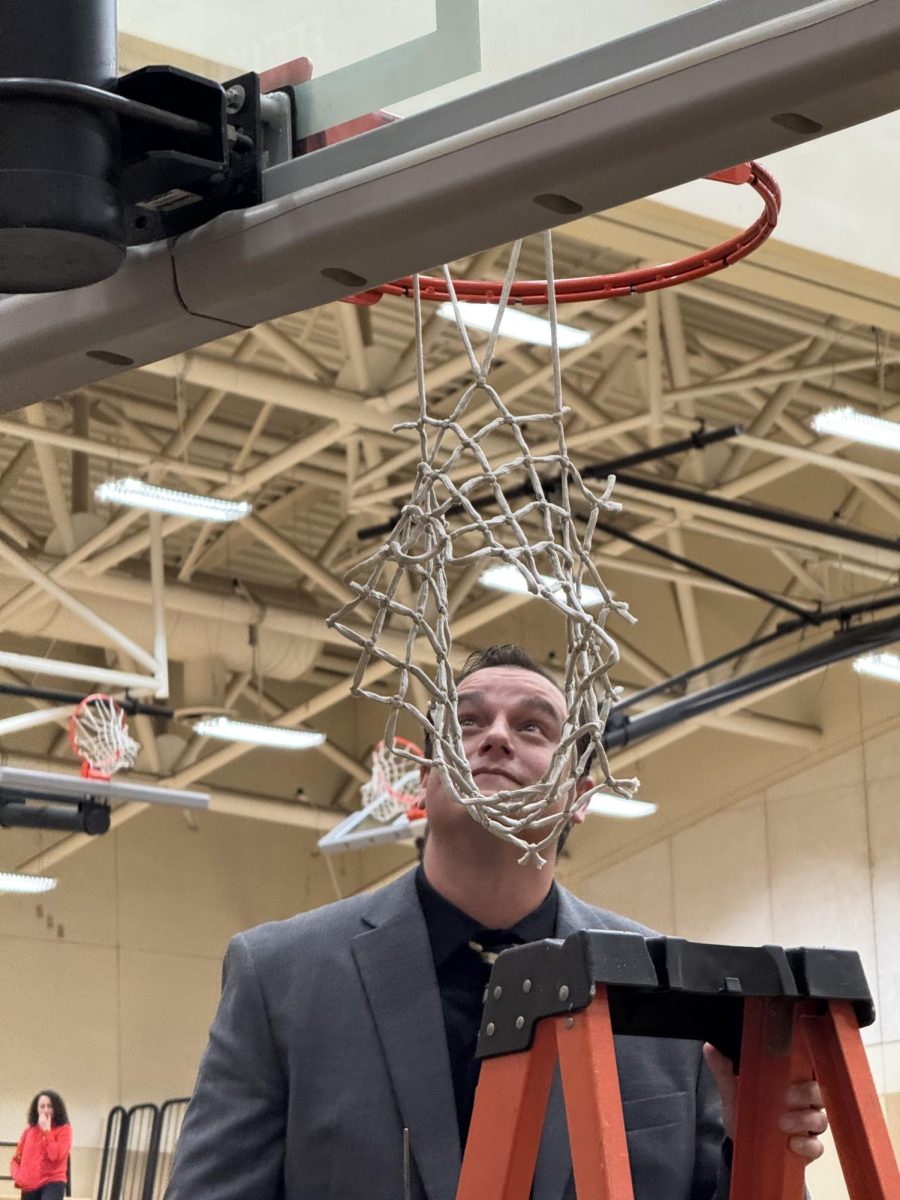The PAC-12 has existed for over 100 years and is a mainstay of the football world on the West Coast. Throughout its history, the conference has weathered many storms including the “pay-for-play” scandal at California (now UC Berkeley), the two Los Angeles schools, Washington in June 1959, and the save made by adding the Arizona State Sun Devils and the Arizona Wildcats in 1976. This leads me to wonder, how did the conference that was once called the “Conference of Champions” crumble in less than 2 years?
It all started in January of 2021, when Larry Scott, the conference commissioner at the time “mutually agreed” with the PAC-12 to not sign a new contract after he didn’t get a national TV deal done before the season started to keep his own network afloat. This caused the conference to fall out of competitiveness with the Southeastern Conference (SEC) and the Big Ten. Scott forced the PAC-12 into a deeper hole when he decided to impede the conference’s expansion by forcing schools to share the money equally instead of having the better schools get a better payout. His ideas of having full ownership of the media rights also slowed down their competitiveness and made them slip from first to last among the “Power Five” conferences, which includes the Big 12, Big Ten, Atlantic Coast Conference, and the Southeastern Conference, along with the PAC-12. All of these changes made the Los Angeles schools unsatisfied and led them to threaten the idea of leaving the conference entirely.
In May 2021, the PAC-12 made a somewhat weird decision and hired George Kliavkoff to lead the conference. He was the president of entertainment and sports at MGM Grand. During this time, the debate over if athletes should be allowed to earn money from their personal brand and easily transfer between schools, and therefore sports teams, was in full swing. This, plus the media rights deal problem from earlier, and the pandemic lowering crowd size at games on top of it all put Kliavkoff in a tight situation. Everything was made worse when Oklahoma and Texas decided to leave the Big 12 and head to the Southeastern Conference (SEC) in July, causing their future to be in limbo. Throughout the whole situation, Kiavkoff took a relaxed approach to the situation which would prove fatal later on.
On August 24th, 2021, the Atlantic Coast Conference (ACC), Big Ten, and the PAC-12 teamed up to try to counter the SEC’s expansion. People were surprised that they didn’t form an alliance with the Big 12 instead after two of their major schools left but they were quickly shut down after the conference took Cincinnati, UCF, BYU, and Houston to rebuild their name recognition. The PAC-12 thought they were out of the woods, but the worst was still yet to come.
On June 30th, 2022, a little over eleven months after the alliance was formed, USC and UCLA ended the entire thing when they took an offer to join the Big Ten, leaving the PAC-12 with ten teams. As mentioned earlier, these two teams threatened to leave the conference before, but they weren’t really serious until now. The Big 12 then decided to sign an $8 billion deal with CBS, Fox, and NBC to make their impression to the other PAC-12 schools known. This move ended up working as after that deal, Kliavkoff was forced to calm down the media by saying that the other schools were “committed to each other and to the PAC-12.” and Colorado left for the Big-12. On August 2nd, 2023, Kliavkoff tried to control the situation again (and failed) by trying to get Apple to agree to stream their games, but schools still weren’t happy, and fast-forward to today, Utah, Arizona, and Arizona State joined Colorado in the Big 12, Oregon and Washington joined the Big Ten, and Stanford and UC Berkeley joined, of all the conferences, the ACC, where all of their schools are located on the opposite side of the country, and increasing travel time for the student athletes. This leaves the Washington State Cougars and the Oregon State Beavers as the last two teams in the 108-year-old conference.
Looking ahead, the Cougars and the Beavers only have two good options for next year: join the Mountain West, or rebuild the PAC-12 with the Mountain West teams. The most likely scenario as of writing this is the two teams join the Mountain West. The conference has made their case to the two schools to have them join the Mountain West recently and the first two games for the Beavers and the Cougars were against teams Colorado State and San Jose State so the future is bright for them.









